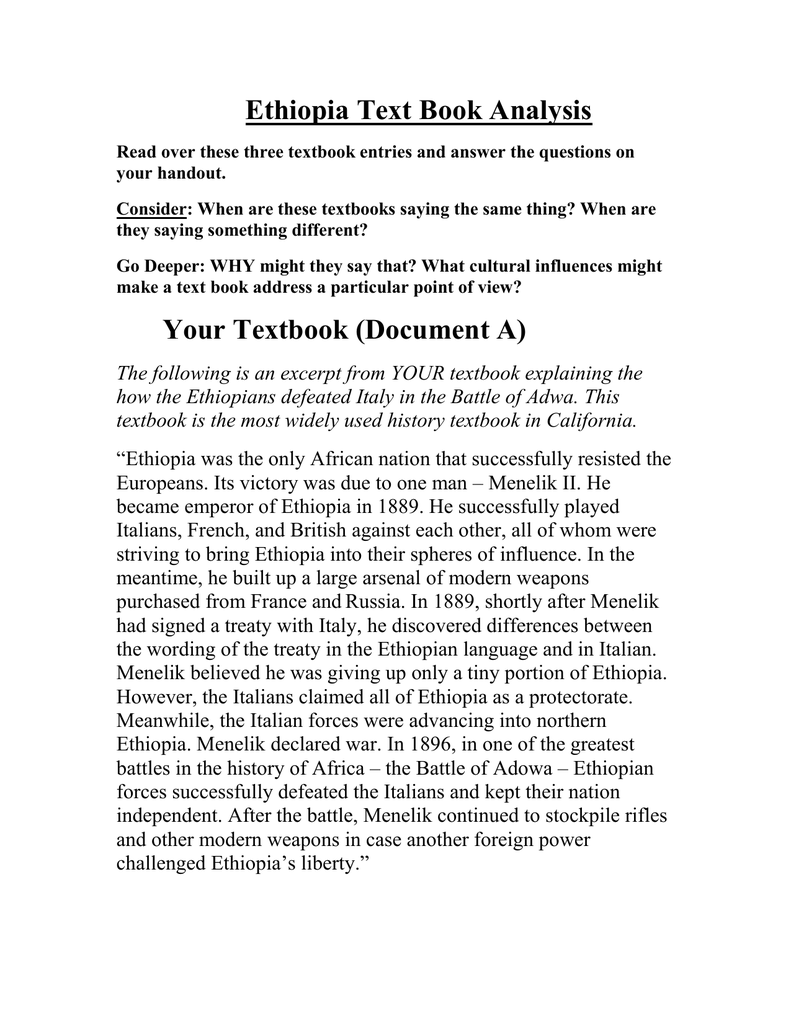Documents In World History Stearns Pdf Creator


Manga App For Ipad Mini Jailbreak. Stearns, Stephen S. Offers a range of documents that illustrates civilizations from key. Add to Cart Documents in World History, Volume 1, 6th. Stearns Globalization World History.pdf To download full version 'Stearns Globalization World History.pdf' copy this link into your browser: http://www.pdfspath.net.
Acid Pro 7 Autotune Plugin Download. Description Designed for introductory-level survey courses in World History. Download Ringtone Hp Ubed. The primary goal of World Civilizations is to present a truly global history–from the development of agriculture and herding to the present. Using a unique periodization, this book divides the main periods of human history according to changes in the nature and extent of global contacts.
This global world history text emphasizes the major stages in the interactions among different peoples and societies, while at the same time assessing the development of major societies. Encompassing social and cultural as well as political and economic history, the book examines key civilizations in world history. World Civilizations balances this discussion of independent developments in the world's major civilizations with comparative analysis of the results of global contact.
This product is an alternate version of. • Unique periodization offers a coherent and comprehensible framework for organizing the study of world history. Six distinct eras of world history are defined primarily by the nature and extent of global interaction and contact among all or most civilizations during the particular time period. The six periods correspond to the six parts of the book. Within each part, the authors identify specific themes that characterize common experiences or common forces in individual societies as well as the kinds, patterns, and extent of global contacts that emerged during the era. Thus, for example, Part I of the book discusses the developmental stage of world history, including the rise of agriculture and the emergence of civilization; Part II examines the classical era in global history, an era marked by the integration of large regions and diverse groups of people through overarching cultural and political systems. • Global Connections: Concluding sections at the end of each chapter reiterate the chapter themes and issues and relate the developments discussed in the chapter to the rest of the world, thus underscoring the importance and relevance of the chapter material to the totality of global history.
• Thinking Historically: Each chapter contains an analytical essay on a topic of broad application related to the chapter’s focus but extending across chronological and geographical boundaries. Critical thinking questions at the end of each essay prompt the reader to think beyond the “who, what, where, and when” of historical events and consider instead the far-reaching implications of historical developments. • Document Excerpts: Substantial excerpts from selected documents give students meaningful and representative samples of primary source material. Critical thinking questions following each document probe student understanding of the material and encourage interpretive reflection and analysis. • On the Web: This list of multiple and high-interest Web sites complements each chapter and identifies sites students can examine for additional information or insight on the chapter's topics.
Annotations indicate what particular information or material students can find on each site. • Glossary with Pronunciation Guide helps students develop their global vocabulary and understanding of world history by defining key conceptual terms, frequently used foreign terms, important geographical regions, and key players on the world stage. • Visualizing the Past boxes support visual literacy by showing students how to read and analyze graphic material such as maps, charts, and graphs. Each box includes questions to guide students through the analysis, both of the material and its graphic presentation. • Part-opening timelines identify key events and developments of the era under discussion. • Chapter timelines highlight important events and trends of the period covered in the chapter.